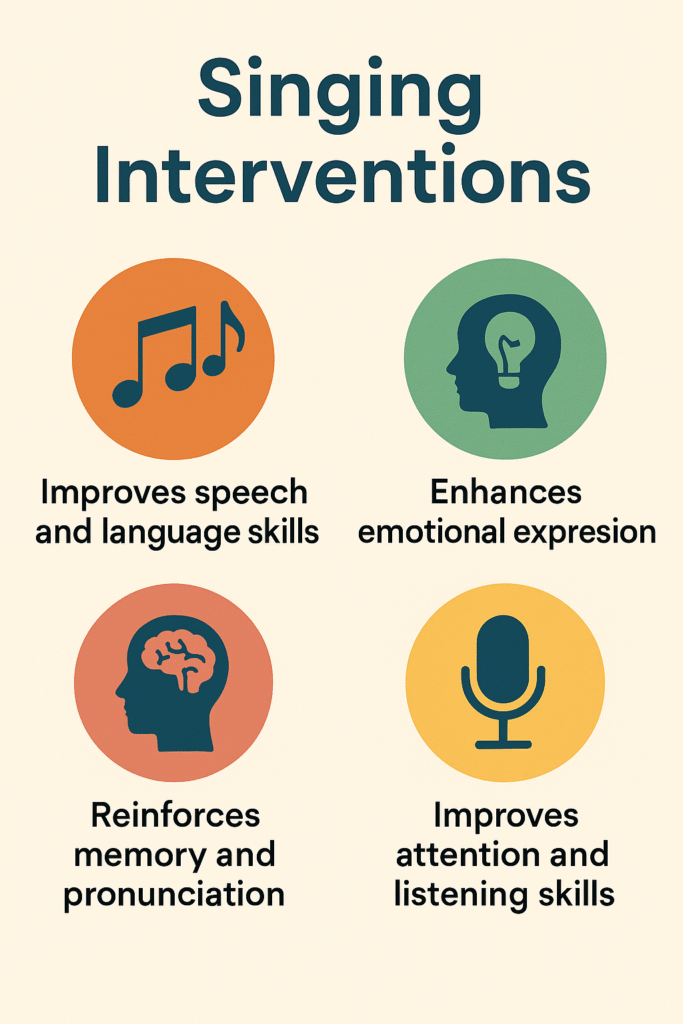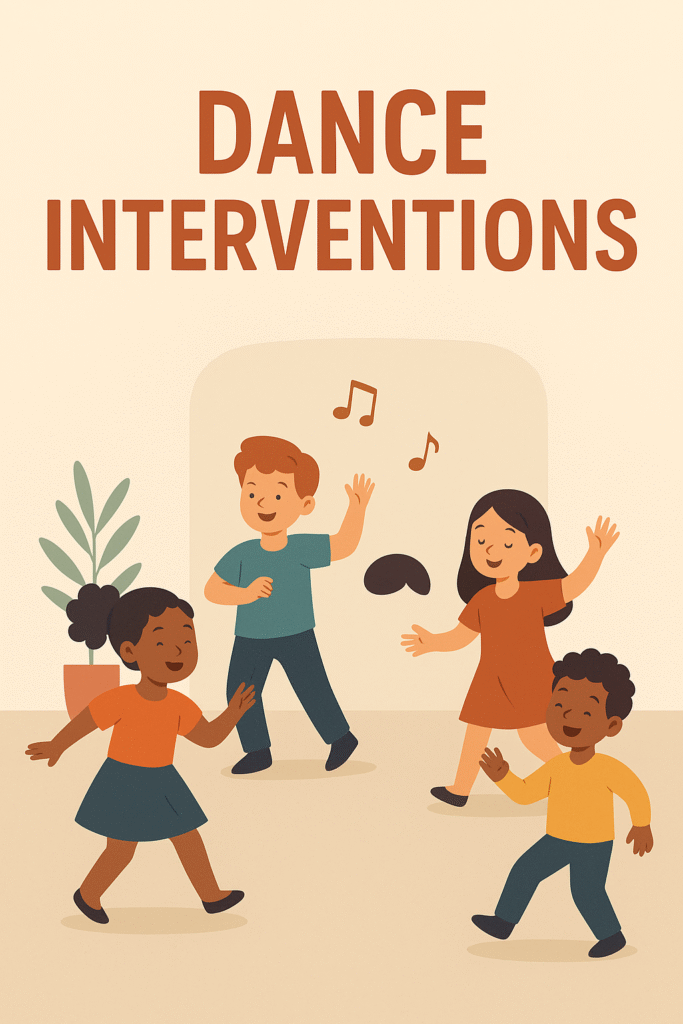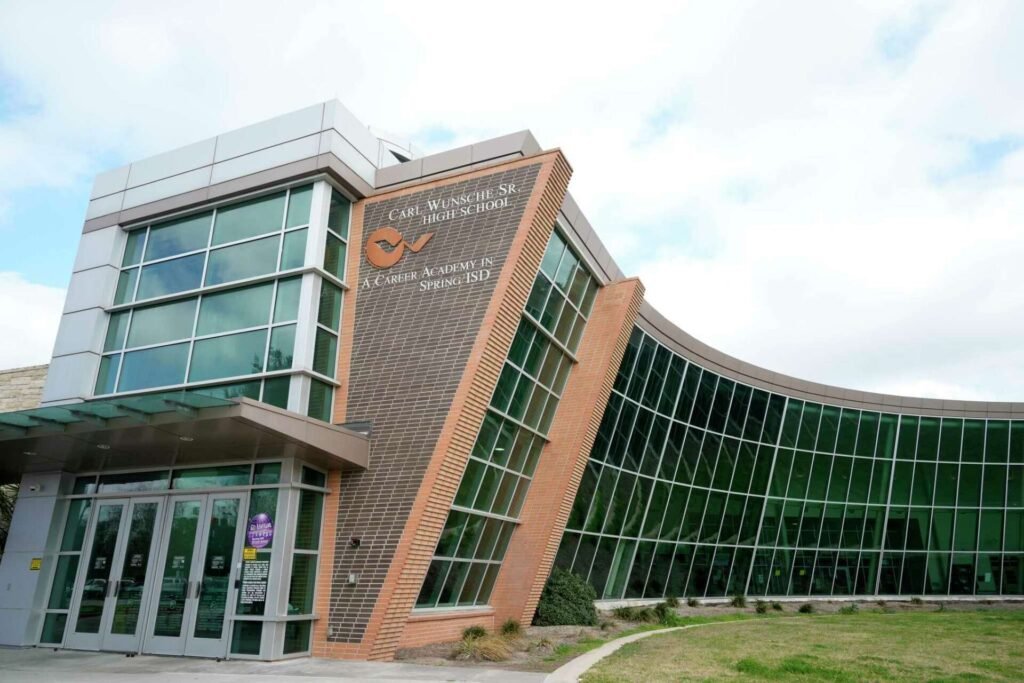Art Education is defined as the “the teaching, learning and proficient application of the art materials to achieve human ends” giving aesthetic expression in recognizing beauty and value. Art education is an educational process that teaches students to paint, sculpt, draw and write. In the past, art education was seen as solely a visual discipline. With the development of technology, however, art educators are now moving away from strictly visual arts to include music and technology in their curriculum.
Table of Contents
The Role of Art Education in Early Childhood Development
Elinor Ulman (2001), explored that the art therapy problem and definition. According to his research, “art theater is the only one of the many activity therapies to attract this kind of attention from psychiatrists”. Art education technique is a field of study that provides large-scale creative activities with fundamental principles and practices of learning art. It’s a form of education that involves the development of comprehension and proficiency of the principles and practice. Art education Technique means a tradition which is usually found throughout in the school system, especially in art.
Art education technique is defined by two important things: Art education Technique includes: Color composition, plot, lighting and color play.-Plot development, character development, rule of story and plot structure in short story/romance story. – Map reading skills.: Story telling skill through plot structure. -Story telling skill through character analysis. Art technique is a set of activities and techniques used to reinforce the development of children. E Kramer (2001) determined the art and emptiness: new problems in art education and art therapy.
Art education techniques are classified by a number of characteristics. They include the learner’s age, level of motor development and cognitive development, types of materials and media used, whether the teaching is done informally or formally and in groups or individually, and how it is delivered: through traditional means or adapted for special learning situations such as schools for the blind or therapists’ offices. Nevoline et al. (2022) found out the application of art therapy techniques in Russia and the USA. Art Education is based on the study of art in all its forms and meanings. It deals not only with the techniques and skills of artists, but also with those of art students, viewers, and the public.
Here are the main headings for The Role of Art Education in Early Childhood Development:
- Cognitive Development & Thinking Skills
- Fine & Gross Motor Development
- Emotional & Social Development
- Language, Literacy & Communication
- Academic & Cross-Disciplinary Benefits
- Process Art vs. Product Art
- Teacher’s Role & Scaffolding
- Arts-Based Educational Research
- Access & Equity in Art Education
- Teacher Training & Confidence
- Time, Space & Materials Challenges
- Evaluation & Measurement of Impact
- Practical Implications for Educators & Parents
Creative Interventions for Students with Developmental Impairments
Singing Interventions

Singing can be a powerful medium for students with developmental impairments to improve speech, language skills, and emotional expression. In a structured singing activity, students are encouraged to participate in simple, repetitive songs that reinforce vocabulary, memory, and pronunciation. For instance, using call-and-response songs can help students develop attention and listening skills while creating a sense of routine and security. This approach is particularly beneficial for students on the autism spectrum who thrive on structure. Accompanying singing with hand gestures or visuals, like images or flashcards related to song lyrics, helps students with intellectual disabilities make connections between words and their meanings.
Drama-Based Interventions
Drama activities, such as role-playing and storytelling, offer students an opportunity to explore social interactions and express themselves in a controlled, supportive environment. By acting out familiar scenarios like visiting a doctor or a grocery store, students with intellectual disabilities can develop social skills, learn routines, and practice communication. For example, the instructor may guide students in acting out a scene where they introduce themselves to others, fostering confidence in social engagement. Drama games, such as “Mirror Game” (where one student mirrors the movements of another), encourage students with autism to focus on body language and nonverbal cues, while students with cerebral palsy can practice movement within their capabilities.
Drawing and Visual Arts Interventions
Art activities like drawing and painting allow students with developmental impairments to express their emotions, ideas, and thoughts non-verbally. This intervention is valuable for students with limited speech or those who struggle with communication, such as those with intellectual disabilities or autism. For example, a structured drawing exercise could involve students using colors to represent different emotions, with red for excitement or blue for calmness. Finger painting or clay modeling are tactile activities suitable for students with cerebral palsy, helping them practice fine motor skills and sensory integration. Over time, visual arts projects can evolve into creative storytelling, where students describe or narrate their artwork, gradually enhancing language skills and confidence in self-expression.
Dance and Movement Interventions

Dance and movement can be highly effective in improving coordination, balance, and rhythm in students with cerebral palsy and other physical disabilities. Structured dance sessions, which might include simple movements such as clapping, stepping, or swaying to a beat, help students develop motor skills at their own pace. Rhythmic movement activities, like following the beat of a drum or imitating the teacher’s steps, encourage students with intellectual disabilities to improve focus, body awareness, and impulse control. For students with autism, music and movement exercises promote sensory integration, helping them feel more comfortable with body movements and spatial awareness. Through expressive movement, students can explore their physical capacities and emotions in a positive, supportive environment.
Case Studies on Art Education Interventions
Case Study – 1
Participants (P1)
S1, child with mental retardation (MR), S2, child with mental retardation (MR) and S3 child with cerebral palsy (CP) of students of vocational training of Alagappa University Resource School for Differently Abled in Sivagangai District in Tamil Nadu.
Observations
When they were spoken to on the first day and asked what they wanted to do now, they said in unison with a cheeky smile that they wanted to dance today. Why is the answer asked again? In response, the students said that their hearts now wanted to dance.
They love to dance, Loves to listen to music. Some songs were also sung again with examples. Some questions were asked to them in the guise of fun.
Examples of Questions
- What do you play today?
- What did you read in class today?
- How are the teachers?
- How are parents to you?
- Do you like to read?
- What do you want to be when you grow up?
Findings
They continued to answer everything slowly in their own way. But it was noticed somewhere that their mind was now turned to dance. As much as they were interested in studies, they showed more interest in dancing. They love to watch dance on TV at home. They love to follow the different steps of the dance in their own way.
As the talk progressed, sometimes a few steps appeared to serve as their own mind. The purpose of presenting these words is one. They admit their desire or interest in dancing. That is, when an individual’s desire or environment or society’s rules are forced upon students without applying any external force, their interest or desire to learn decreases.
Case Study – 2
Participants (P2)
S4 child with Autism Spectrum Disorder, S5, child with Autism Spectrum Disorder of students of vocational training of Alagappa University Resource School for Differently Abled in Sivagangai District in Tamil Nadu.
Observations
One of them has an amazing memory. S5’s ability to memorize songs or verses from poetry and perform them in an instant was seen from S5. Try to remember the pronunciation or the tone correctly. He does not need any special preparation for his performance. Only on request or careful request, he would recite his songs or poems or movie dialogues one by one.
Others are a bit quieter than S5’s. As cheerful as S5 is, not so much in S4. But both follow the same approach to memorization. Read aloud to the tune.
Findings
Entering the class, you can see that they are busy memorizing math formulas. Not really interested but trying under the guidance of the class teacher. Since the information about them is already known, in memorizing these sutras, it is said to say them clearly out loud like the melody of a song or a dialogue. It was seen that both of them were very happy mentally.
And they immediately tried to find the tunes of different movies and songs. This made them happy the most.
Conclusion
Art education is an avenue that can easily entertain children’s minds. Children can easily grasp their curriculum through play. Art education can play a very effective role in both of these. In the future, by using this talent, they can get an opportunity to present themselves in a larger scale of society through art education.
Case Study – 3
Participants (P3)
S6, child with cerebral palsy (CP), S7, child with Autism Spectrum Disorder of students of vocational training of Alagappa University Resource School for Differently Abled in Sivagangai District in Tamil Nadu.
Observations
They both love to play. As much as their love for studies, they are more interested in sports, listening to music and dancing to the tunes. The conversation started by reciting some poems. Gradually start playing with different words. Sometimes they express annoyance, sometimes showing interest and trying to say poetry.
It is possible to feel their tender heart only if one can try to understand by mixing oneself like them.
Findings
Art education plays an important role in this. It is possible to introduce children like them to new words through poetry, song, dance, theatre. It is also possible to get interested in education through daily workshops.
When they were first spoken to, they tried to answer with some hesitation. But using the opportunity of the Art, it is possible to quickly become what they want.
Case Study – 4
Participant (P4)
S8, Child with Intellectual Disability of a student of Alagappa University Resource School for Differently Abled in Sivagangai District in Tamil Nadu.
Observations
He is a brilliant child. His love is waiting for others in his heart like a lotus flower. Try to finish any work with his best effort. As far as tell from spending time with him, his memory or speech is quite different. But his interest in mental development and art is strong.
Always curious about new colors and who they are. In the case of language learning, if you can create a melody by telling a poem or a story, your desire to listen to the sound increases.
Educational Implication
Artistic expression in music, poetry, dance, theatre and the creation of forms have been part of human life from the extremely opening. It is a fundamental part of human life continuation.
Guidelines for Students
- Students should be encouraged to work independently as well as in small groups, girls and boys working jointly.
- Learners should be positive and helped in conduct new media and tools and meeting the new challenges in various problem-solving situations encounter by them.
- Students should be encouraged to get the idea and critically assess their work.
Guidelines for Teachers
- The teacher should build up friendly and feeling relations with the students and should give confidence them to know about the artistic activities of the local community.
- The teacher should arrange studio/ art room/ theatre/ stage through the help of students.
- The teacher should conducting visits of museums, historical places, exhibitions, botanical and zoological gardens, theatre and local drama activities, music and dance shows, film shows etc.
- The teacher should help children in setting up and organization of display and exhibitions, musical and others performance of master artists/artistes.
- The teacher comes up to should be inductive and students should be positive to mobilize their own resource to solve their problems. Direct advice in the techniques should be avoided. They should be confident to develop techniques and styles of their own through examination of finding of materials, media, tools and techniques.
CONCLUSION
Art education constitutes a significant area of curricula activity for the progress of the wholesome personality of the learners. Art is a method of completion running through every characteristic of life and it goes on in a creative, productive and joyful way. Art education helps to discover a variety of means of communication (verbal and non-verbal). It encourages initial creative expression and sharpens senses during fanatical observation of the environment. It helps determine preference through show to variety of material and identity the individual form and style of expression.
More Posts
- Impact of e-learning on students
- How to Set up a Good Study Environment at Home?
- What are the most important soft skills to have?
Hi, I’m Anshul Patel, the creator of wiki.tigerjek.com and founder of TigerJek. I am a long-time Roblox and mobile gaming enthusiast with 6+ years of gameplay experience. I test every method, build, and strategy personally before writing guides for TigerJek. My goal is to simplify complex games and help players progress faster.




